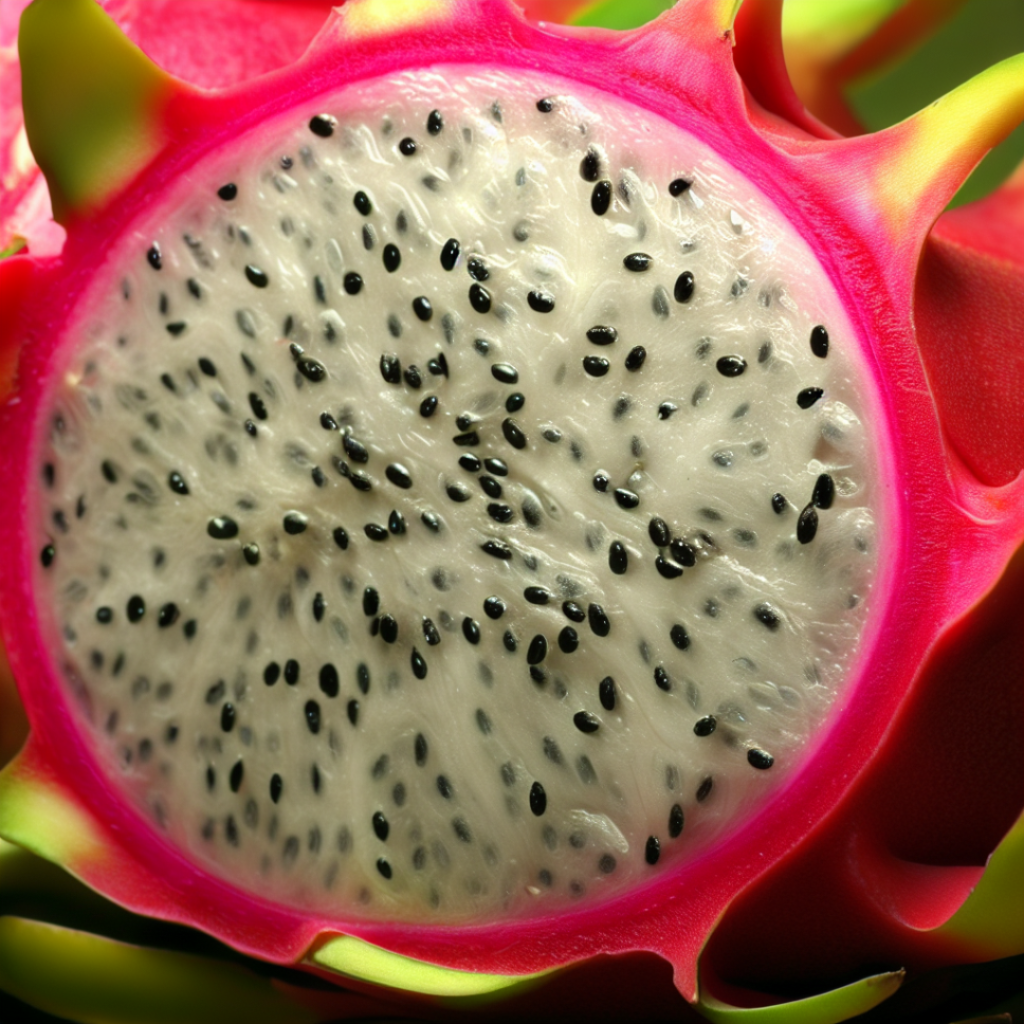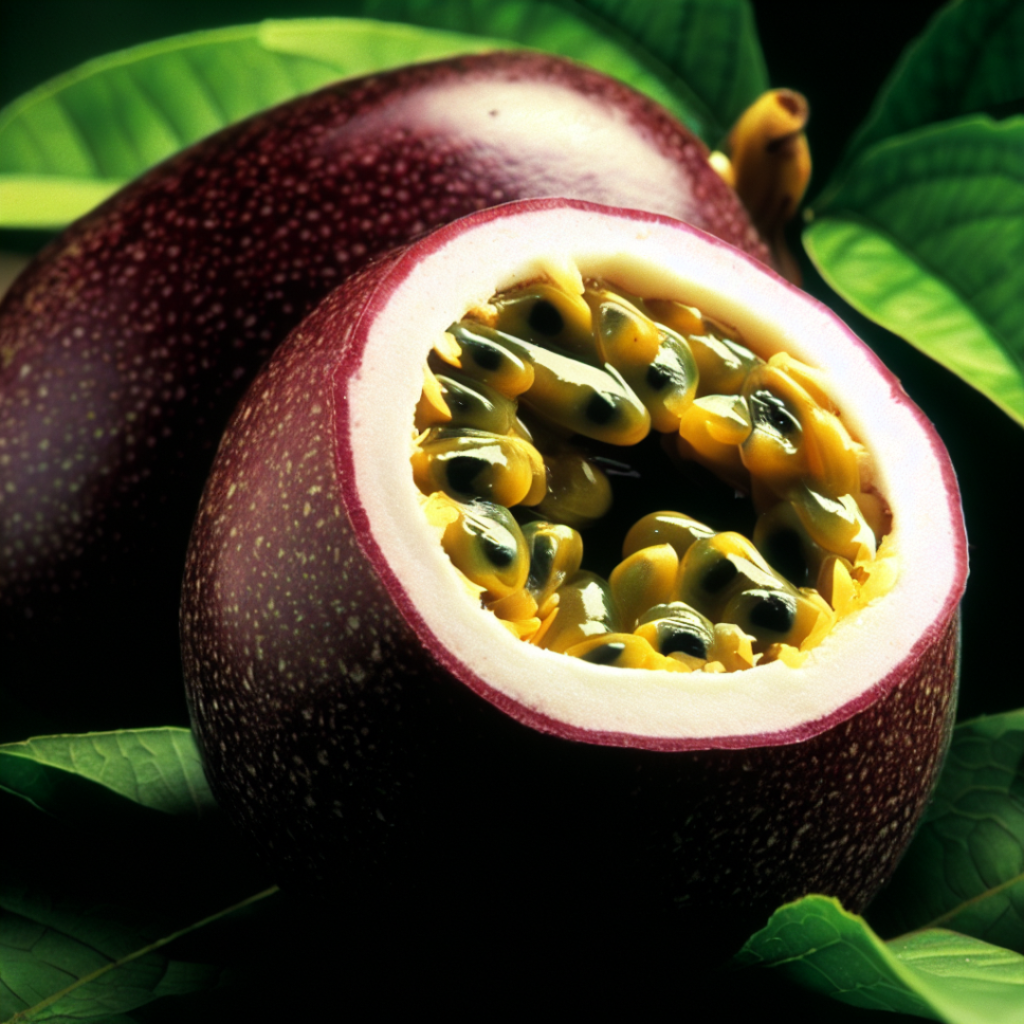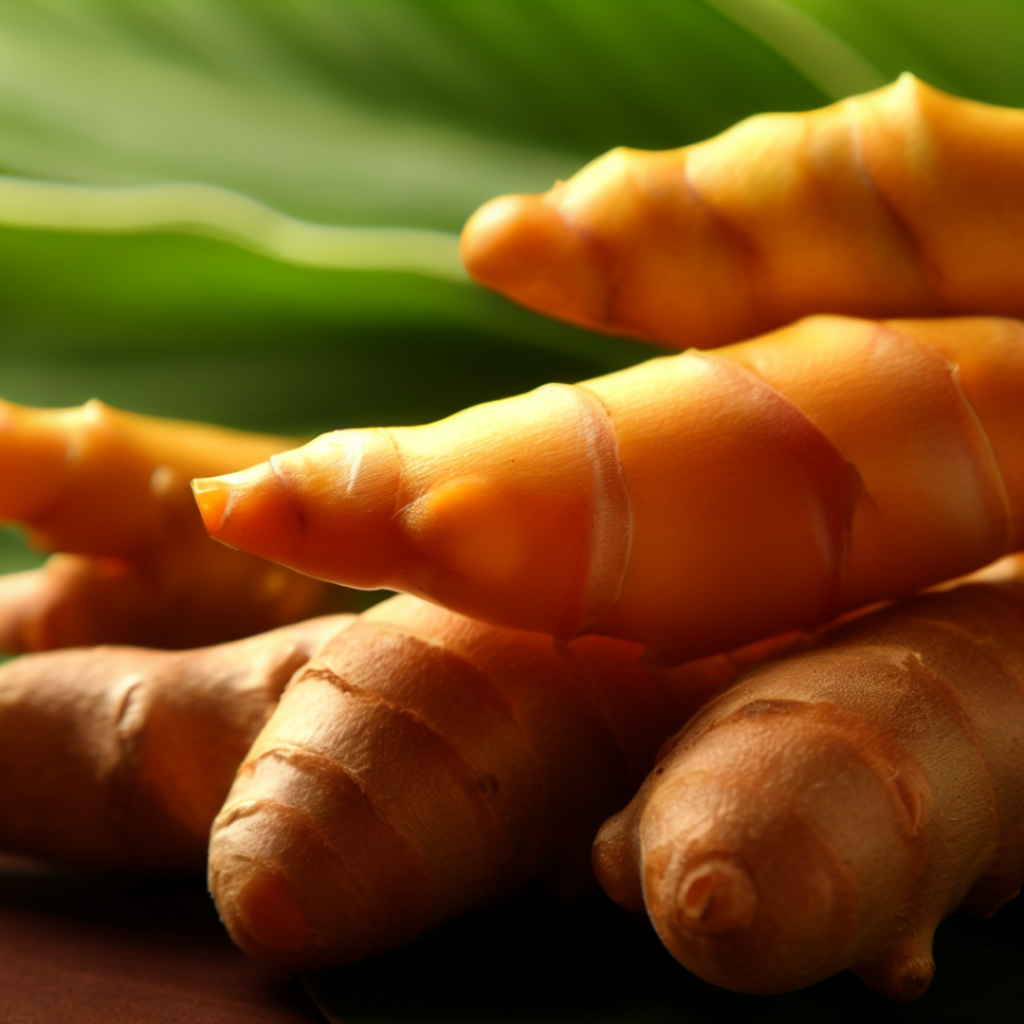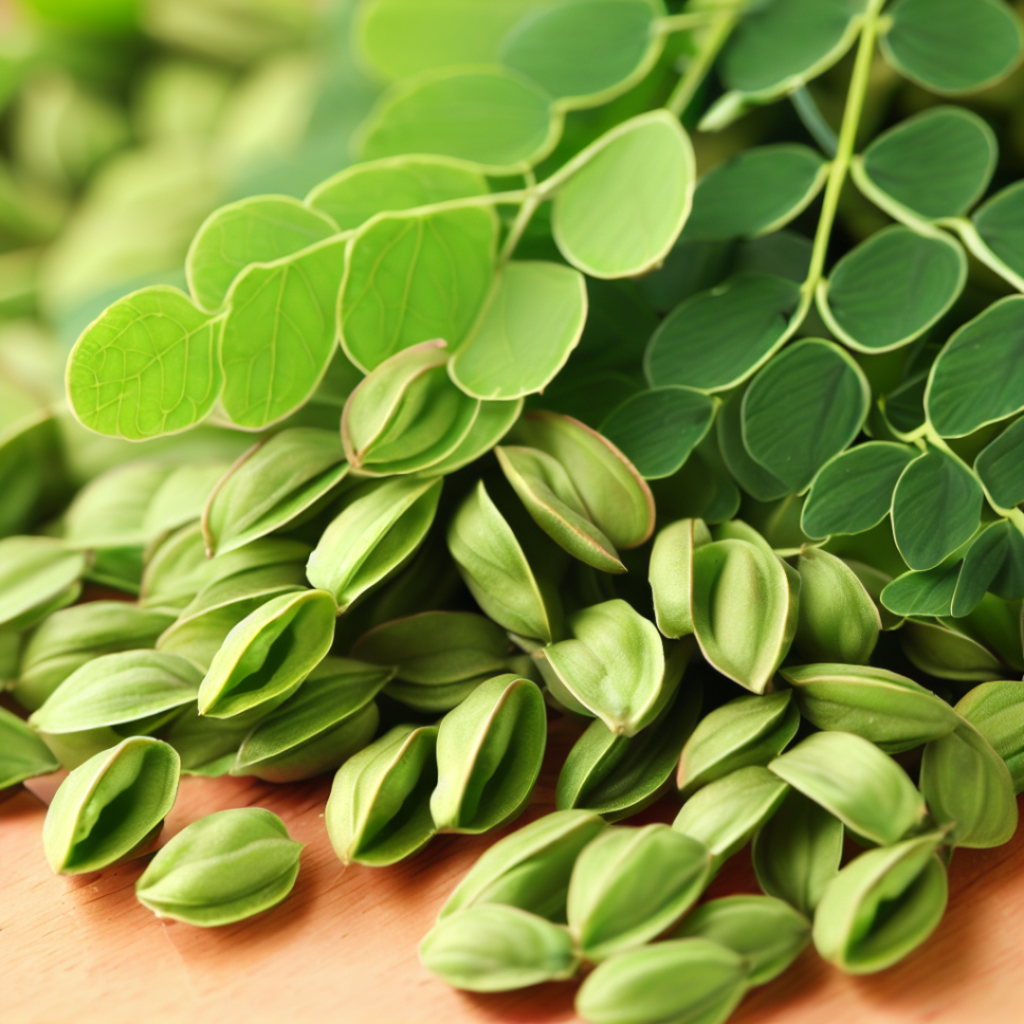As the desire to reconnect with nature and embrace sustainable living continues to grow, more and more gardeners are turning their attention to cultivating exotic and unique plants in their backyard. Beyond the conventional fruits and vegetables found in supermarkets, there lies a world of extraordinary edibles that can enrich your garden and your dining table. In this article, we’ll delve into a selection of aspirational plants that every hobbyist gardener can consider growing. Each of these plants carries its own story, flavor, and benefits, offering a delightful journey of discovery.
1. Dragon Fruit (Hylocereus spp.)

Dragon fruit, with its vibrant colors and intriguing appearance, is not only visually captivating but also a delight for the taste buds. This exotic cactus produces sweet and refreshing fruits that are a fantastic addition to tropical-style desserts and beverages. Dragon fruit plants thrive in warm climates and can be grown in pots or in the ground. Choose a sunny spot and provide well-draining soil, and you’ll be rewarded with unique fruits that are as rewarding to grow as they are to eat.
2. Goji Berry (Lycium barbarum)

Goji berries, known for their health benefits and antioxidant properties, are gaining popularity among health-conscious individuals. These nutrient-rich berries can be grown in various climates and are relatively low-maintenance. Goji berry plants produce delicate flowers and bright red berries that can be enjoyed fresh, dried, or used in smoothies and teas. Consider planting them in a sunny location with well-draining soil, and you’ll soon be harvesting these superfood berries.
3. Passion Fruit (Passiflora edulis)

Passion fruit is a tropical delight that adds a burst of flavor to both sweet and savory dishes. The aromatic fruit is known for its unique taste and versatility in culinary creations. Growing passion fruit vines requires a sunny location with a sturdy trellis for support. With the right care, you can enjoy a continuous harvest of these intriguing fruits that are as beautiful as they are delicious.
4. Turmeric (Curcuma longa)

Turmeric, known for its vibrant yellow color and anti-inflammatory properties, can be easily grown in warm and humid climates. The plant’s rhizomes are used to produce the beloved spice, which can be added to curries, smoothies, and a variety of dishes. Consider planting turmeric in a well-draining soil mix, and you’ll have a fresh supply of this golden spice right at your fingertips.
5. Moringa (Moringa oleifera)

Moringa, often referred to as the “drumstick tree,” is a nutritional powerhouse with leaves, pods, and seeds that are rich in essential nutrients. This fast-growing tree is well-suited to tropical and subtropical climates. The leaves can be used in salads, smoothies, and cooked dishes, while the seeds can be pressed to produce nutritious oil. Moringa trees can make a valuable addition to your garden, providing you with a sustainable source of nutrition.
6. Vanilla (Vanilla planifolia)

Growing your own vanilla might sound ambitious, but with the right conditions, you can cultivate this precious orchid right in your garden. Vanilla beans are used to flavor a wide range of desserts and beverages. These climbing plants require a warm and humid environment, along with proper support for their vines to grow. While cultivating vanilla requires patience, the reward of harvesting your own vanilla pods is truly sweet.
7. Aloe Vera (Aloe barbadensis miller)

Aloe vera, known for its soothing gel, is a versatile plant that offers both ornamental and medicinal benefits. Aloe plants thrive in arid climates and can be grown in pots or in the ground. The gel extracted from the leaves has various skincare and healing applications. By having an aloe vera plant in your garden, you’ll have a natural remedy at your disposal for minor burns, skin irritations, and more.
8. Fig (Ficus carica)

Figs, with their sweet and juicy flesh, are a popular Mediterranean delicacy that can be grown in various climates. Fig trees are well-suited to both backyard gardens and container cultivation. Their distinctive leaves and delicious fruits make them a delightful addition to any landscape. Ensure they receive plenty of sunlight and well-draining soil, and you’ll be able to savor the taste of freshly picked figs.
9. Yacon (Smallanthus sonchifolius)

Yacon, often called the “Peruvian ground apple,” produces sweet and crunchy tubers that are a perfect addition to salads or can be eaten as a snack. This low-calorie root vegetable is easy to grow in mild climates. Plant yacon in well-draining soil and provide regular water. By the time harvest season arrives, you’ll be rewarded with a unique and nutritious crop.
10. Chayote (Sechium edule)

Chayote, also known as vegetable pear or mirliton, is a versatile vegetable with a mild flavor that lends itself to both savory and sweet dishes. This climbing vine can be grown in warm climates and produces fruits that resemble wrinkled green pears. Chayote vines require support for optimal growth, and their fruits can be enjoyed in a variety of culinary creations.
Cultivating these exotic edibles in your garden not only adds diversity to your harvest but also offers an opportunity to explore new flavors and connect with the world of global cuisine. With careful attention to their specific growing requirements, you can enjoy the satisfaction of growing and enjoying these unique plants that are not readily available in supermarkets. Whether you have a sprawling backyard or a small urban garden, each of these plants brings its own magic to your gardening journey. Happy growing and discovering!
Here’s a table listing some edible plants which you might be inspired to plant in your garden:
| Plant Name | Scientific Name | Description |
|---|---|---|
| Dragon Fruit | Hylocereus spp. | Exotic cactus with colorful, edible fruits |
| Goji Berry | Lycium barbarum | Nutrient-rich berries with health benefits |
| Elderberry | Sambucus spp. | Berries used for jams, syrups, and medicinal purposes |
| Passion Fruit | Passiflora edulis | Aromatic fruit used in desserts and beverages |
| Turmeric | Curcuma longa | Spice with anti-inflammatory properties |
| Stevia | Stevia rebaudiana | Natural sweetener from leaves |
| Moringa | Moringa oleifera | Nutrient-dense leaves and pods |
| Jerusalem Artichoke | Helianthus tuberosus | Edible tubers with a nutty flavor |
| Ginkgo Biloba | Ginkgo biloba | Nutritional and medicinal tree |
| Wasabi | Wasabia japonica | Pungent root used in Japanese cuisine |
| Saffron | Crocus sativus | Expensive spice from flower stigmas |
| Vanilla | Vanilla planifolia | Flavorful orchid used in cooking |
| Truffle | Tuber spp. | Highly prized fungi found underground |
| Aloe Vera | Aloe barbadensis miller | Medicinal succulent with soothing gel |
| Bamboo | Bambusoideae family | Versatile plant with various uses |
| Avocado | Persea americana | Nutrient-rich fruit with creamy texture |
| Fig | Ficus carica | Sweet fruit with Mediterranean origins |
| Kiwifruit | Actinidia deliciosa | Fuzzy fruit with vibrant green flesh |
| Pawpaw | Asimina triloba | Tropical-flavored fruit native to North America |
| Quinoa | Chenopodium quinoa | High-protein grain with ancient origins |
| Goosberry | Ribes uva-crispa | Tart berries used in jams and desserts |
| Lingonberry | Vaccinium vitis-idaea | Red berries popular in Scandinavian cuisine |
| Yacon | Smallanthus sonchifolius | Sweet-tasting tuber with prebiotic properties |
| Chayote | Sechium edule | Green vegetable pear with mild flavor |
